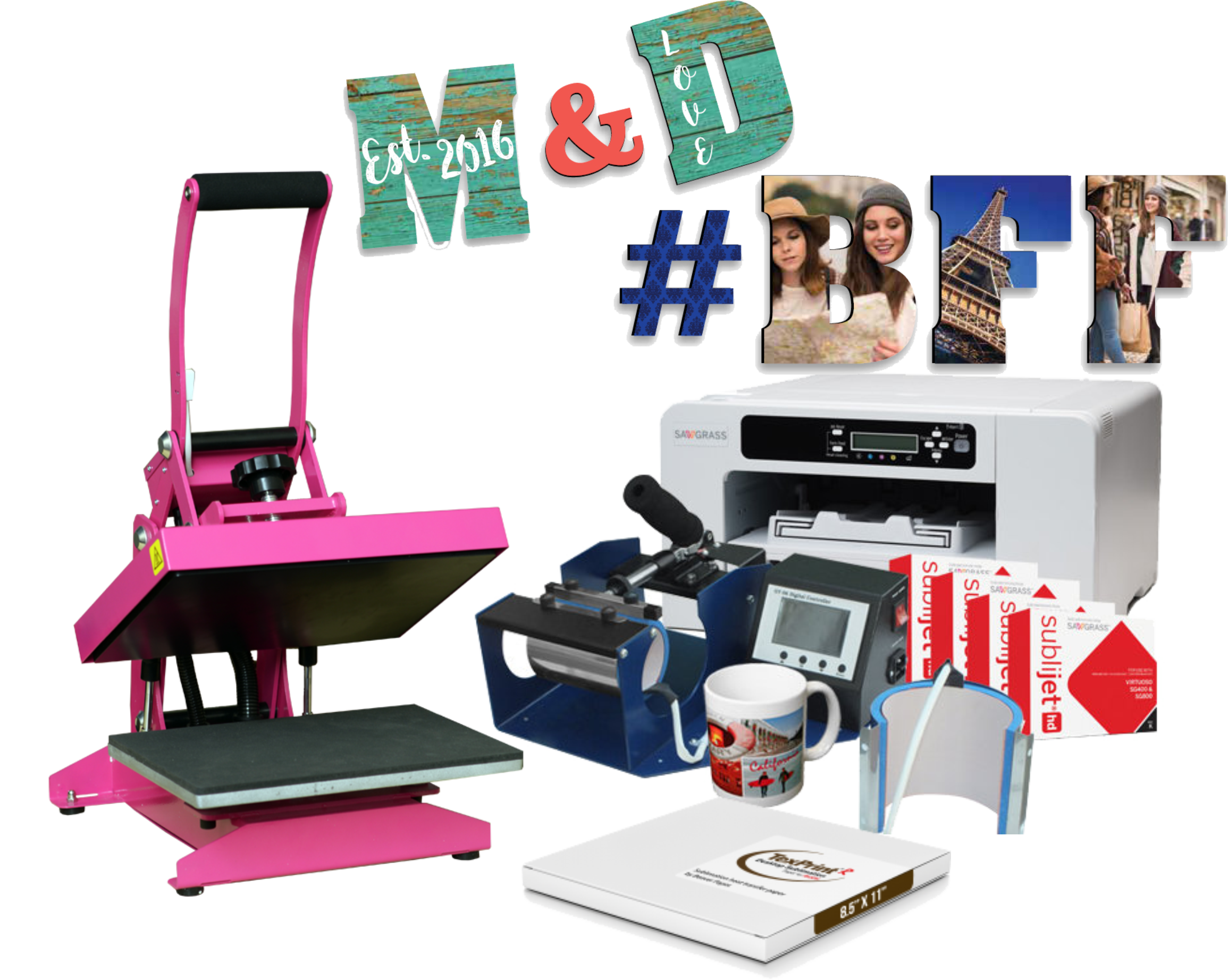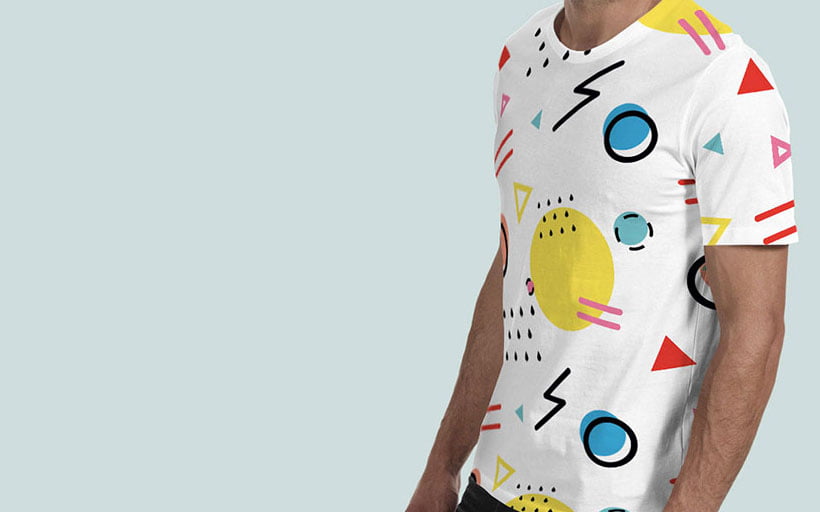Screen Printing Methods: Grasping the Art for Branded Clothing
Screen Printing Methods: Grasping the Art for Branded Clothing
Blog Article
The Rise of DTF Printing: Discovering Its Applications and benefits
The emergence of Straight to Movie (DTF) printing technology is reinventing the custom-made clothing sector, providing significant advantages and a wide variety of applications. Its distinct capacity to create high-quality, vibrant prints on numerous materials without the necessity for pre-treatment dramatically maximizes production processes and enhances functional performance. DTF printing's versatility to both big and small production runs makes it an attractive option for developing tailored things, such as sporting activities team attires and company advertising product. As the hunger for custom items proceeds to broaden, comprehending how DTF printing can fulfill these progressing needs is increasingly crucial.
Comprehending DTF Printing Technology
Comprehending DTF Printing Technology notes a substantial development in the textile printing sector, especially for its versatility and performance. Direct-to-Film (DTF) printing is a sophisticated procedure that entails printing layouts onto special transfer films, which are after that transferred onto fabric using heat and stress. Unlike conventional techniques, DTF printing does not call for pre-treatment of the fabric, enabling a more structured operations.

When healed, the movie is positioned onto the fabric, and a warmth press transfers the layout by using constant warm and pressure. This results in vibrant, premium prints that adhere seamlessly to various textile types, including cotton, polyester, and blends (heat transfer vinyl printing). The modern technology's capability to create dazzling and intricate styles with minimal arrangement makes it a game-changer in the fabric printing arena
Key Advantages of DTF Printing
Among the key advantages of DTF printing is its phenomenal adaptability, which enables high-quality prints on a wide variety of fabric kinds. This capability expands beyond traditional cotton to consist of polyester, nylon, leather, and also blended textiles, making it perfect for diverse fabric applications. This versatility decreases the need for numerous printing innovations, streamlining production procedures and decreasing total costs.
An additional significant benefit is the exceptional print quality that DTF modern technology provides. By using dynamic, sturdy inks and exact application methods, DTF prints preserve their color integrity and sharpness also after numerous laundries. This leads to an item that not just looks specialist but additionally stands the test of time, supplying constant worth to both end-users and producers.
Additionally, DTF printing offers a streamlined operations, which can lead to boosted performance and efficiency. Unlike traditional techniques such as screen printing, DTF does not call for complicated setup or considerable drying times. This ease of use makes it an appealing option for businesses of all dimensions, allowing for quicker turn-around times and the ability to deal with little to huge manufacturing keeps up very little inconvenience.
Applications in Custom Apparel
In the realm of custom-made garments, DTF printing stands apart as a game-changing modern technology that enables developers and makers to create bespoke clothing with unmatched detail and top quality. Direct-to-film (DTF) printing look at this website has reinvented the custom-made garments industry by offering adaptability in style, brilliant color reproduction, and sturdiness. This innovative approach enables intricate layouts to be transferred onto a vast variety of fabrics without endangering the integrity of the product.
One considerable application of DTF printing remains in producing personalized tees, hoodies, and sports apparel. The ability to publish complex graphics with great details and slopes makes it ideal for personalized garments, such as team attires and advertising product. Furthermore, DTF printing is specifically advantageous for limited-run orders and one-off items, supplying a efficient and cost-efficient solution contrasted to traditional screen printing techniques.
Additionally, DTF printing has actually opened brand-new opportunities for designer to experiment with unique patterns and appearances, allowing the production of cutting-edge, progressive collections. This technology likewise supports small companies and independent musicians by decreasing the obstacles to access in the customized garments market. Eventually, DTF printing is improving the landscape of customized garments, combining artistic expression with technical development.
Versatility Throughout Different Materials
Building on the improvements in personalized apparel, DTF printing's versatility across various products even more boosts its appeal. Unlike typical printing methods, DTF (Direct-to-Film) printing can be applied to a comprehensive array of substratums, including cotton, polyester, blends, natural leather, and also tough surfaces like timber and glass.
The capacity to print on diverse materials opens up numerous opportunities for services across different sectors. For example, in the marketing products sector, business can personalize a wide variety of things, from tote caps and bags to mugs and phone cases, all with the exact same printing technology. In the apparel industry, DTF printing allows developers to experiment with complex patterns and dynamic shades on non-traditional textiles, pushing the limits of creative thinking.
Furthermore, DTF printing's compatibility with various products likewise translates to cost-efficiency and lowered waste, as producers can use the same devices for several applications. This versatility not just widens the range of item offerings but likewise improves operational efficiency.
Future Prospects of DTF Printing
As the marketplace progresses, the future prospects of DTF printing are positioned to transform various markets with constant technology and technical advancements. The rise sought after for more tailored garments and promotional goods is driving the requirement for a lot more effective, flexible, and affordable printing approaches. DTF printing, with its capacity to produce top notch, sturdy prints on a vast array of materials, stands at the center of this transformation.
Emerging trends show that DTF printing will progressively incorporate with automation and AI technologies, improving production speed and lowering labor prices. Advanced software remedies will further enhance layout precision, color matching, and print uniformity, resolving a few of the existing limitations. In addition, environment-friendly go to my site inks and recyclable transfer films are anticipated to get traction, lining up with international sustainability goals.
Industries past fabrics are additionally exploring the possibility of DTF printing. The modern technology's adaptability makes it ideal for applications in home decoration, vehicle insides, and even clinical tools. As r & d initiatives continue to broaden, the extent of DTF printing will likely widen, opening brand-new opportunities for commercial and innovative applications. In recap, the future of DTF printing is intense, promising substantial advancements and broader market adoption.
Verdict

Comprehending DTF Printing Innovation notes a considerable improvement in the textile printing sector, specifically for its versatility and efficiency. Direct-to-Film (DTF) printing is a sophisticated process that involves printing styles onto unique transfer films, which are then moved onto material making use of warm and pressure. DTF printing is especially useful for one-off items and limited-run orders, offering a efficient and affordable option contrasted to standard screen printing methods.
Unlike standard printing techniques, DTF (Direct-to-Film) printing can be applied to a substantial array of substratums, including cotton, polyester, blends, natural leather, and also hard surface areas like wood and glass.DTF printing technology is revolutionizing the customized garments market by providing efficient, cost-efficient, and functional options for producing vibrant designs on various materials without pre-treatment.
Report this page